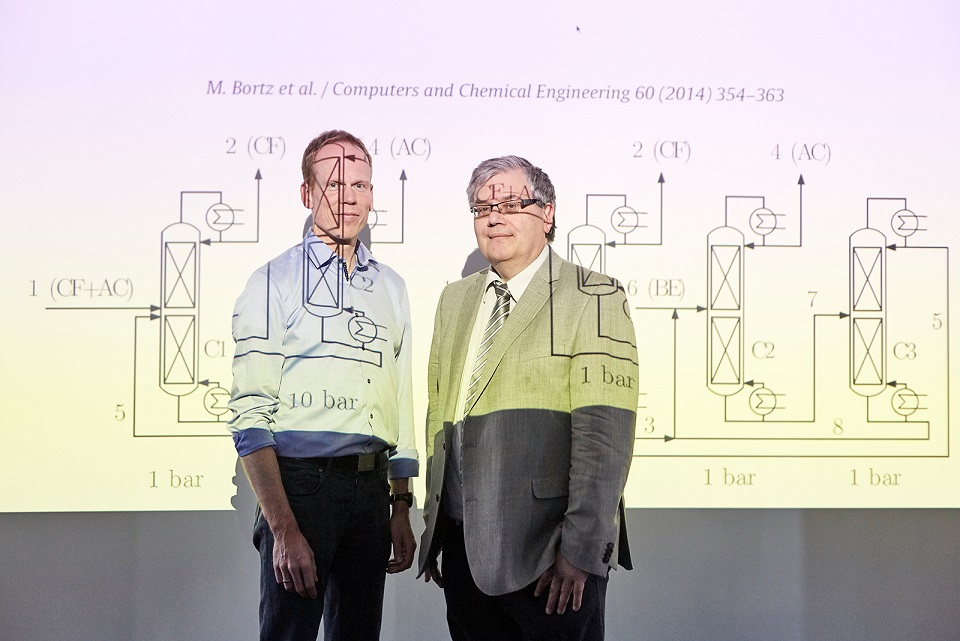www.industry-asia-pacific.com
16
'19
Written on Modified on
Saving energy in the production of chemicals
Whether in agriculture, industry or private households, chemicals are needed everywhere.

Plastics, detergents, fertilizers – these substances have become an indispensable part of our everyday lives. As different as they are, they have one thing in common: they are produced from certain basic chemicals that the chemical industry produces in bulk.
However, this requires a lot of energy: chemical production accounts for 20 percent of Europe's total commercial energy requirements. If these can be reduced, this will protect both the environment and the budgets of the companies. Trial and error can be ruled out – because then the product may no longer meet the quality specifications and maybe unsaleable. The losses would be unforeseeable.
Analysis tool: significant energy savings
The team led by Dr. Michael Bortz and Dr. Karl-Heinz Küfer from the Fraunhofer ITWM in Kaiserslautern has developed a model that comprehensively describes the complex processes. For this they are receiving the Joseph von Fraunhofer Prize. "Our algorithms represent the processes realistically, so we can describe the production processes over the entire life cycle," explains Dr. Michael Bortz, physicist and head of department at the Fraunhofer ITWM.
"This has already enabled us to save ten percent of the energy required for an existing production plant. The chemical group BASF and the Swiss chemical and pharmaceutical company Lonza Group AG are already using the software, which is available to hundreds of process engineers every day."
Firstly, a hybrid approach: Models and process data go hand in hand
"For our analysis, we have brought two things together: Firstly, the physical laws that we have represented in a model – that is to say, the expert knowledge about the thermodynamic and chemical processes. And secondly, the data that various sensors determine about the measuring process, for example temperature and pressure. We use these where no physical data is available," explains Dr. Karl-Heinz Küfer, division manager at the Fraunhofer ITWM.
So far, such sensor data have already been used to monitor processes and to be able to react in good time if, for example, pressure or temperature deviate. The team around the two researchers is using machine learning methods to raise this "data treasure," including the training of artificial neural networks. Models and process data complement each other beneficially.
The application possibilities are not limited to the chemical industry: Rather, advantages can be expected wherever processes with a large number of influencing factors have to be controlled – and cannot be described by measurements or process data alone. In the long term, according to the researchers' plan, the system should be able to operate in real time.
www.fraunhofer.com

